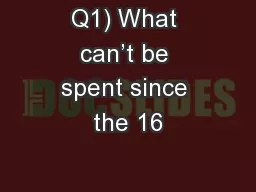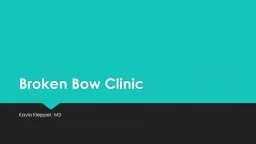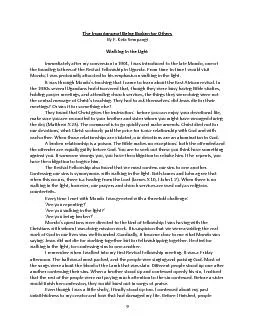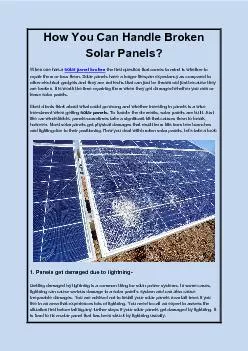PPT-How Can You Mend A Broken Heart?
Author : tatiana-dople | Published Date : 2019-03-13
2017 Update on Heart Failure Gwen Bartlett BS Pharm Pharm D BCPS BCCCP Assistant Professor of Pharmacy Practice Husson University October 15 2017 Disclosure I
Presentation Embed Code
Download Presentation
Download Presentation The PPT/PDF document "How Can You Mend A Broken Heart?" is the property of its rightful owner. Permission is granted to download and print the materials on this website for personal, non-commercial use only, and to display it on your personal computer provided you do not modify the materials and that you retain all copyright notices contained in the materials. By downloading content from our website, you accept the terms of this agreement.
How Can You Mend A Broken Heart?: Transcript
Download Rules Of Document
"How Can You Mend A Broken Heart?"The content belongs to its owner. You may download and print it for personal use, without modification, and keep all copyright notices. By downloading, you agree to these terms.
Related Documents














